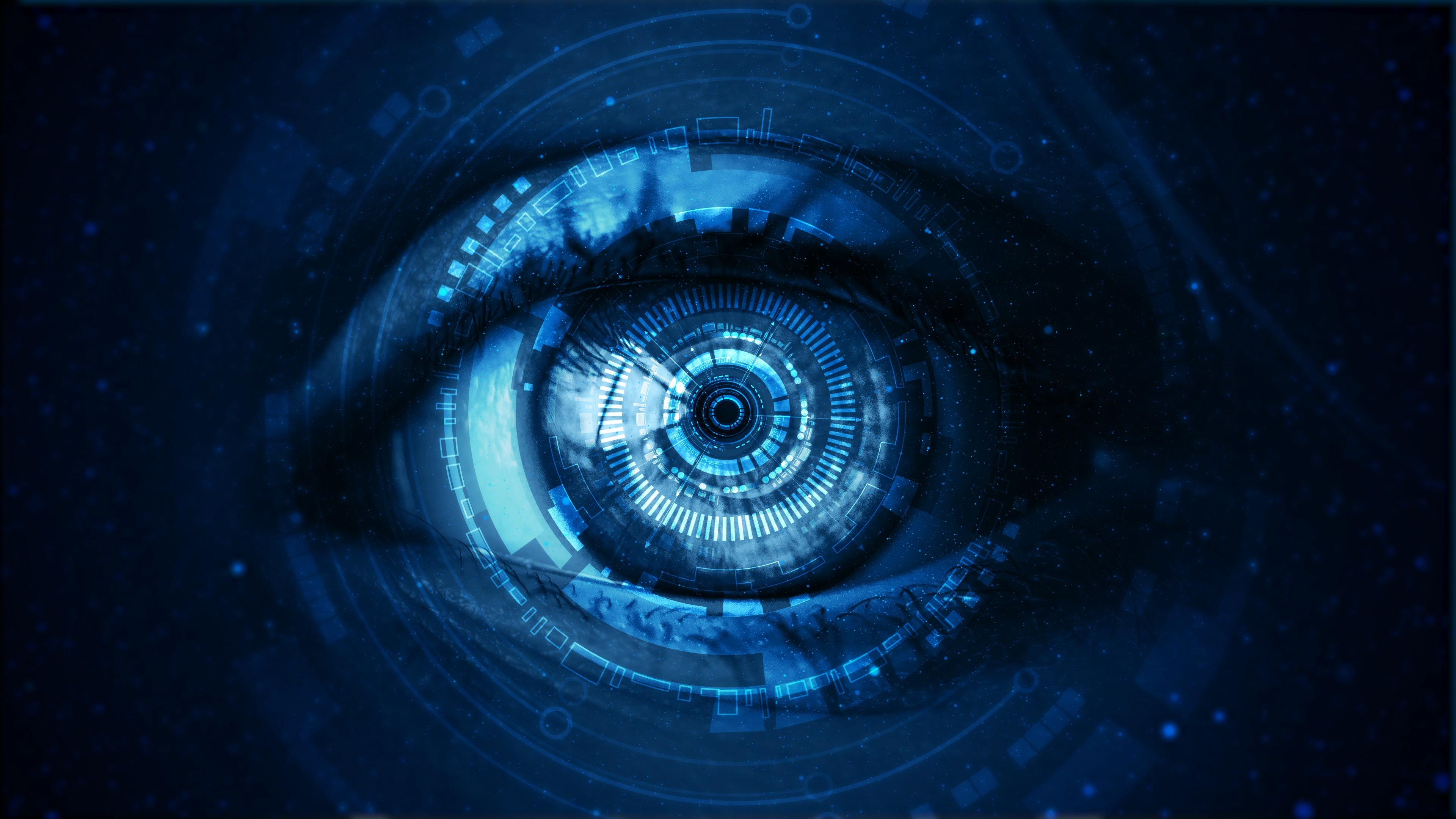The Power of Neuroscience in Shaping Effective Ad Campaigns
Understanding the Basics of Neuroscience in Advertising
Neuroscience, the scientific study of the nervous system, has become a game-changer in the world of advertising. By delving into how our brains process information and make decisions, advertisers can craft campaigns that are more effective and engaging. This field helps us understand the underlying mechanisms that drive consumer behavior, enabling marketers to create ads that resonate on a deeper level.
At its core, neuroscience in advertising focuses on how stimuli affect the brain's emotional and cognitive functions. By using techniques like functional magnetic resonance imaging (fMRI) and electroencephalography (EEG), researchers can observe how different parts of the brain react to specific advertising elements. This data is invaluable for designing ads that capture attention and prompt action.

The Role of Emotions in Ad Campaigns
One of the key insights from neuroscience is the importance of emotions in decision-making. Emotions play a critical role in how consumers perceive and respond to advertisements. Positive emotional responses can enhance brand recall and loyalty, making it crucial for advertisers to evoke the right feelings through their campaigns.
By understanding which emotional triggers are most effective, marketers can strategically design ads that connect with their target audience on an emotional level. For instance, nostalgia can be a powerful tool, as it taps into fond memories and associations, leading to a more favorable perception of a brand.

Optimizing Attention and Engagement
Another area where neuroscience offers valuable insights is in optimizing attention and engagement. The human brain is constantly bombarded with information, making it challenging for ads to stand out. By studying how the brain processes visual and auditory information, marketers can create ads that capture and hold attention more effectively.
Techniques such as eye-tracking can reveal which elements of an ad draw the most attention, allowing advertisers to fine-tune their designs for maximum impact. Additionally, understanding the role of repetition and rhythm in ad content can help reinforce messages and improve retention.

Personalization and Targeting
Neuroscience also underscores the power of personalization in advertising. By tailoring messages to individual preferences and behaviors, brands can create more relevant and impactful campaigns. Neuroscientific research shows that personalized ads are more likely to engage consumers, as they resonate with their unique experiences and desires.
Data-driven insights enable advertisers to segment their audiences effectively, delivering content that speaks directly to each group’s needs and interests. This approach not only enhances engagement but also boosts conversion rates, as consumers feel understood and valued by the brand.
The Future of Neuro-Driven Advertising
The integration of neuroscience in advertising is still evolving, but its potential is immense. As technology advances, we can expect even more precise tools for measuring and influencing consumer responses. The future will likely see a deeper fusion of neuroscience with artificial intelligence, allowing for real-time adjustments to advertising strategies based on consumer reactions.
Ultimately, the power of neuroscience in shaping effective ad campaigns lies in its ability to offer a more profound understanding of consumer psychology. By tapping into this knowledge, marketers can create ads that not only capture attention but also foster lasting connections with their audience.